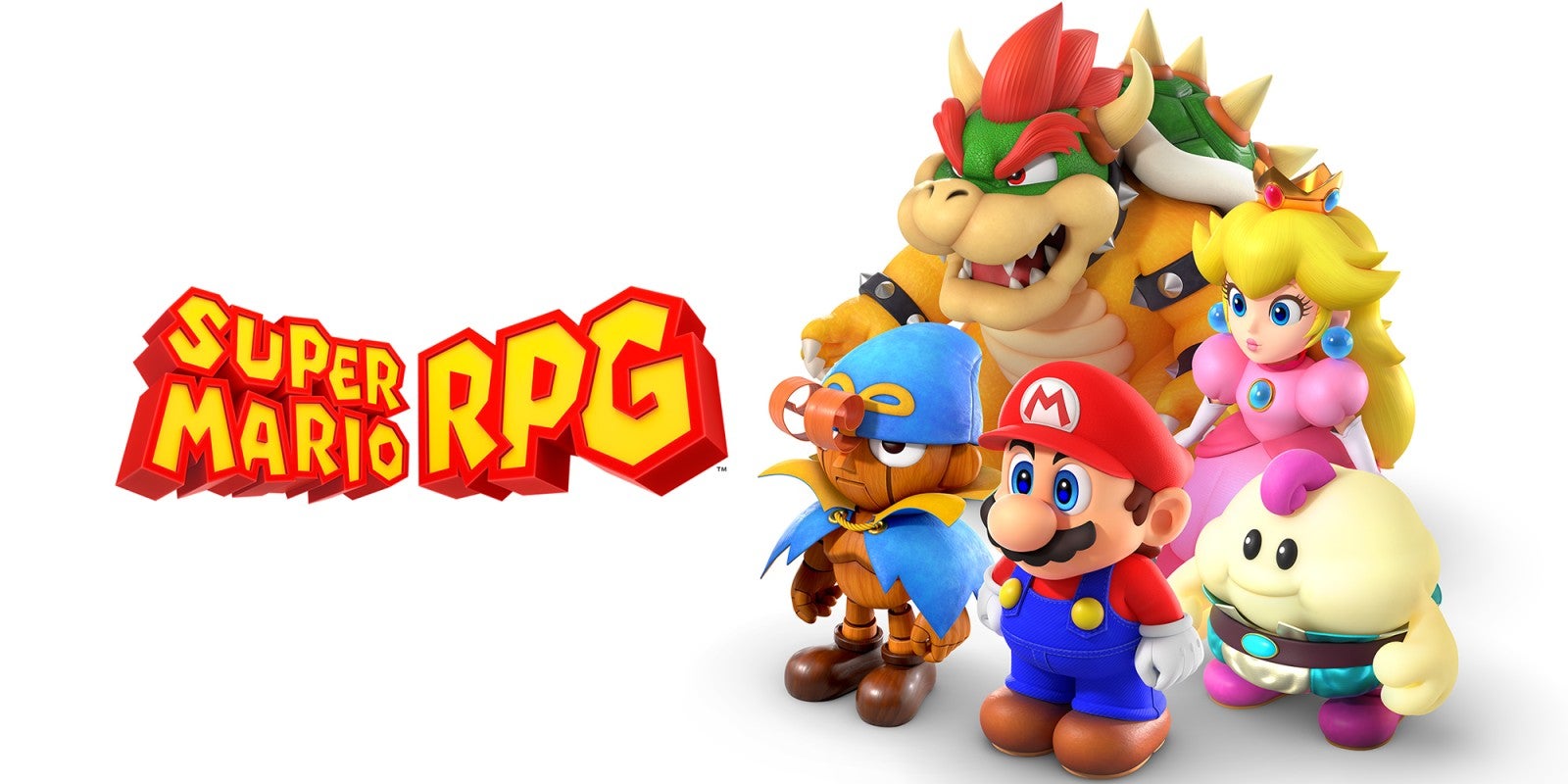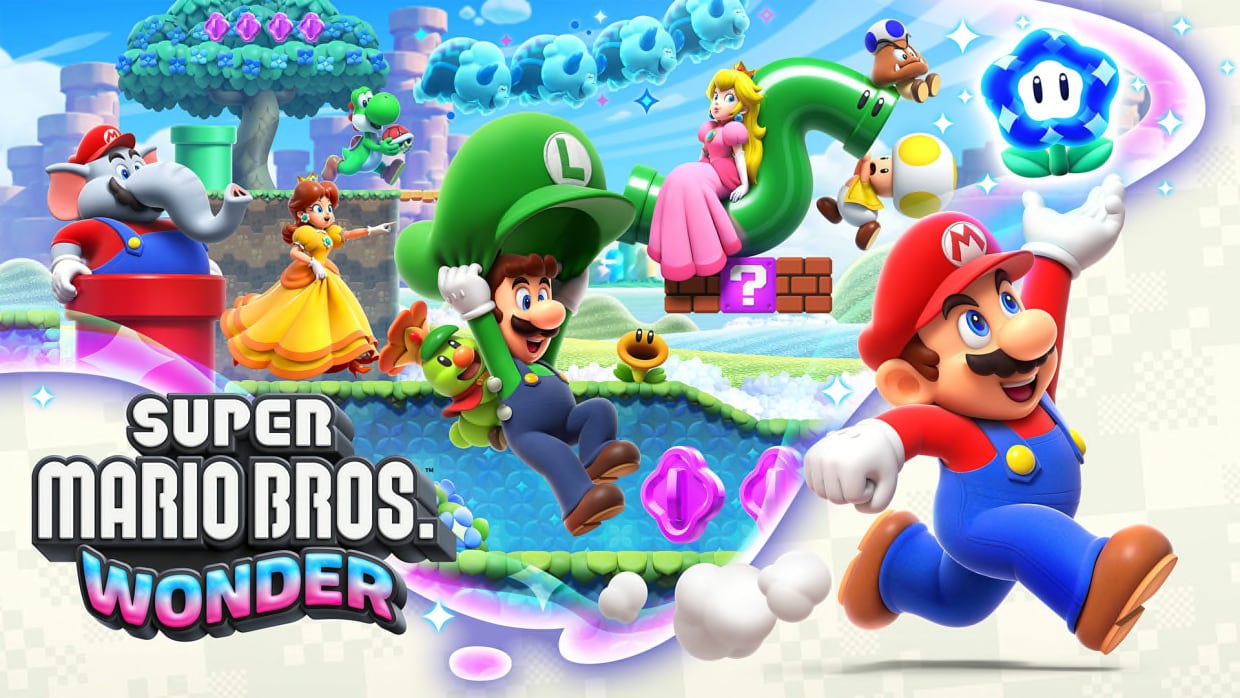Total War: Warhammer 3 Review
Our 'Review in Progress' of the epic strategy game
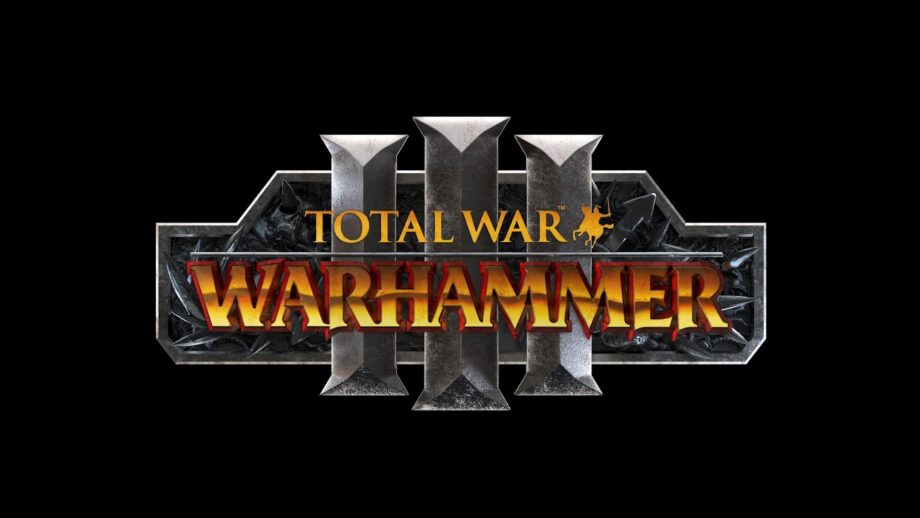
Verdict
We haven’t played Total War: Warhammer 3 enough to give it a final score just yet, but this is still a very promising game after 10-hours of play, with the new factions featuring great new mechanics to make every playthrough feel completely different. The story campaign has also seen improvements thanks to the new ‘survival battles’, while it’s also great to see Creative Assembly improve diplomacy and making it less intimidating for newcomers.
Key Features
- RTS game:Total War: Warhammer 3 is a real-time strategy game based in the fantasy world known as the Realm of Chaos.
- More playable factions:There is more to discover this time around with Grand Cathay and the Daemons of Khorne.
- Available on PC:Warhammer 3 is only available on PC, but can be played via Steam, Epic Games Store, the Microsoft Store and PC Game Pass.
Introduction
Creative Assembly has perfected the art of creating epic-scale battles, of which we’ve seen on countless occasions from the Total War franchise now, from ancient Rome to Troy. But it’s the Warhammer series where the series is arguably at its bloody best.
Total War: Warhammer 3 has built upon the greatest strengths of its predecessors by introducing even more factions, and a new campaign that sees you venture into the Realm of Chaos – the game’s equivalent of hell.
And while the core gameplay remains the same, Creative Assembly has introduced a number of features to make the battles feel even more intense, with boss battle-esque climaxes to put your strongest armies to the test.
I’ve only played around 10 hours of the game so far, so won’t be giving it a final score just yet, but here are my impressions so far.
Factions
- New factions have interesting new mechanics
- Very big focus on Chaos sub factions
If you’re a Warhammer veteran, the main reason to purchase the third and final entry in this Total War trilogy is to unlock the seven new factions, one of which (the Ogre Kingdom) is DLC that’s free to download in the first week of launch.
The roster is mostly made up of Chaos sub-factions, including the likes of Khorne, Tzeentch, Nurgle and Slaanesh. They may all look fairly similar on the surface, being demons from the underworld, but Creative Assembly has ensured they all have unique mechanics to make their playstyles feel completely different.
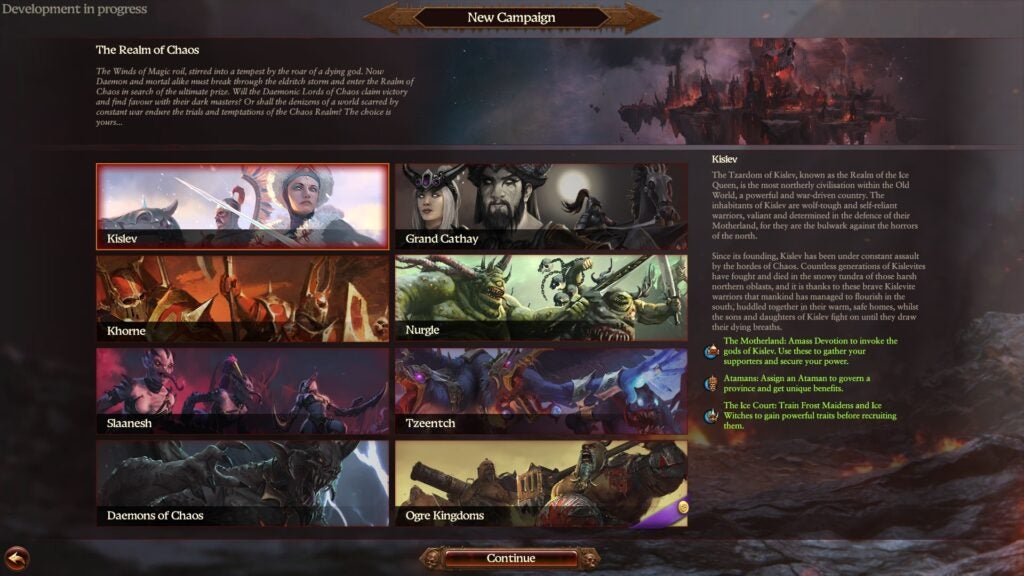
While not significant races in Warhammer lore, the Kislev and Cathay faction have also been added, with Games Workshop jumping in to help flesh out their backgrounds.
I’ve only had time to play as Kislev so far, with clear Russian stereotypes and mountable polar bears. They also have a big focus on religion, as you’re required to amass devotion and followers in order to reap benefits such as increased growth. You’ll be punished for not focusing on devotion, as it can result in rebel armies forming.
Such a feature may prove frustrating if you’re not interested in the religious aspect of the game, but it’s a great way of forcing the player to use all of the faction-specific features rather than treating them like any other race.
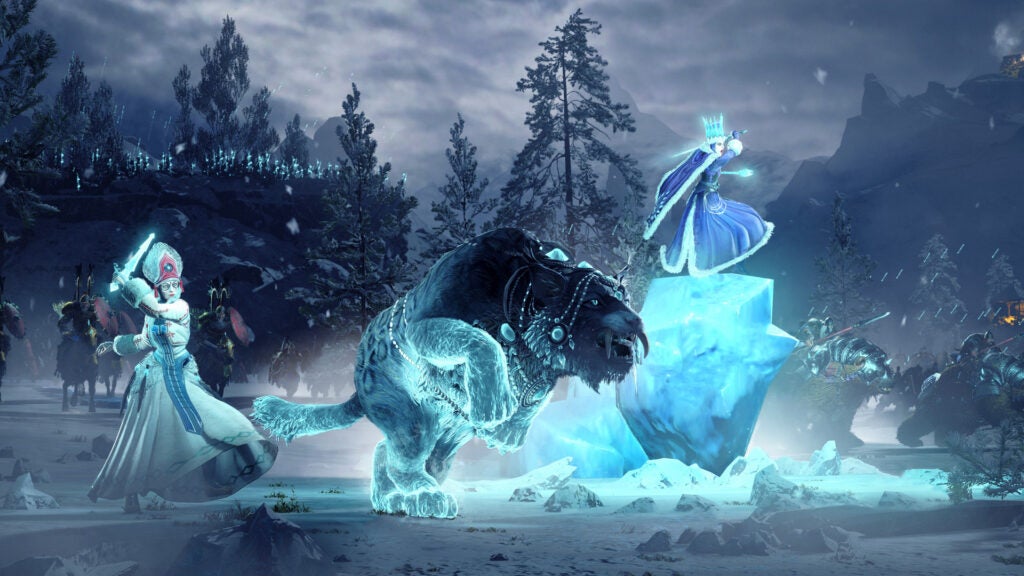
Kislev seems to be a jack-of-all-trades faction so far, with most infantry able to double up as ranged units, and plenty of cavalry options to allow for flanking manoeuvres. You’ll also get war sleds pulled by vicious polar bears, and a range of ice wizards that can blast foes with sheets of ice for afar.
Importantly, Kislev feels incredibly unique compared to all of the previously released Warhammer factions, which is impressive since there are now more than 20 in the series.
I haven’t been able to test out the other new factions just yet, so will reserve judgement until I’ve spent more time with Warhammer 3. Older factions such as the Dwarves and the Skaven will also appear on the campaign map as rival factions, but they’re currently not playable, even if you own the previous games. We’ll have to wait until the free Mortal Empire expansion for that, which is expected to arrive after launch.
Gameplay
- Prologue helps to teach newcomers the basics
- Survival Battles add a new challenge to campaign
- Diplomacy has seen several improvements
Total War: Warhammer 3 unsurprisingly feels very similar to its predecessors. You’re able to unlock new unit types by constructing buildings, and can conquer enemy land via sieges. You really need to dig into the game to see the new additions, although that’s hardly surprising.
Creative Assembly offers up a lengthy prologue to help newcomers get up to speed with all of the various mechanics. Menus have also been streamlined to offer as much information as possible without looking intimidating, while helpful guides will also pop up on the side of the screen when you encounter a new feature. I really do believe this is one of the most newcomer-friendly entries in the series yet, aiming to convince PC Game Pass subscribers to give it a go.
But of course, the studio hasn’t forgotten about the loyal series veterans either. The biggest new addition here is arguably how battles play out when attempting to conquer settlements that aren’t protected by a wall.
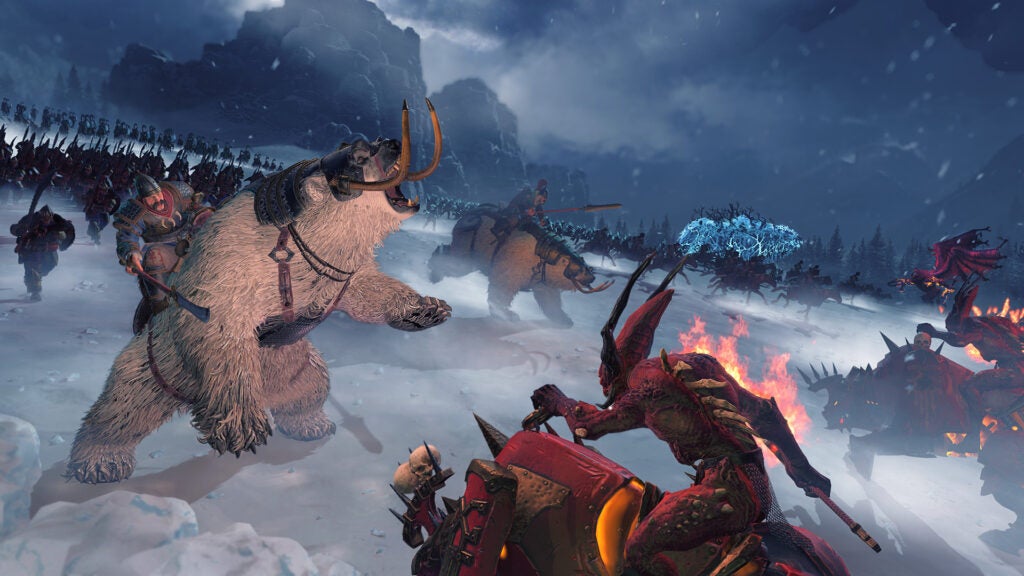
Rather than playing out as a standard battle, it instead features a ‘capture the flag’ system, where the attacker is tasked with either defeating every defending unit, or claim the several important areas of land within the fortress.
The defending team is able to build fortifications to slow down the attacking army, or at the very least, channel them into more compact areas to give you the upper hand. It’s a nice addition, helping to vary up the different battles, while encouraging more strategy so you can’t rely on simple brute force.
The new fortification feature is also implemented in the survival battles, as your army goes up against a Daemon Prince and its horde. Such encounters feel like the equivalent of a boss battle, with multiple waves of armies hammering at your defences for around an hour, testing your skills and stamina to the very limit. Fortifications and calling in reinforcements is almost essential to cope with the abundance of daemon troops charging towards you. Organise your army poorly, and you can soon become overwhelmed.
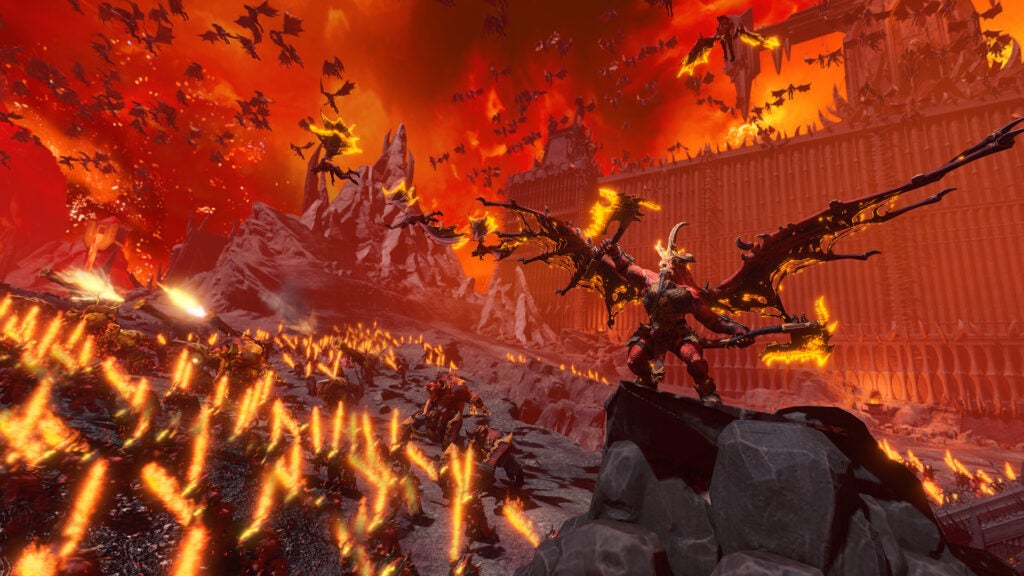
I’ve only had time to test out one of these challenges so far, making it all the way to the end until the Daemon Prince spawned. He quickly wiped out my flagging army, seeing an hour of hard work all go down the drain. I’ll have another chance to take on this enemy, but this setback could be detrimental since I’m competing with other factions to slay all four Daemon Princes.
This story-driven campaign feels very different to the Eye of the Vortex from Warhammer 2, and is arguably an improvement since these new wave encounters offer a refreshing change of pace to the standard battles and sieges. However, it’s still irksome that the time-sensitive pressure of the campaign forces you to focus on completing a list of objectives rather than simply increasing the size of your empire. But it’s still a great way to learn all of the main mechanics before the massive-scale Immortal Empires game mode arrives after launch.
Creative Assembly has also put a bigger focus on diplomacy for Warhammer 3, which is great to see since it was arguably the weakest element of Warhammer 2. You now get the option for a ‘quick deal’ that removes the painful process of negotiating, and allows you to instantly see a faction’s demands for the likes of a trade deal or a peace treaty. If you’ve previously been put off diplomacy because of the faff involved, this should come as a big relief.
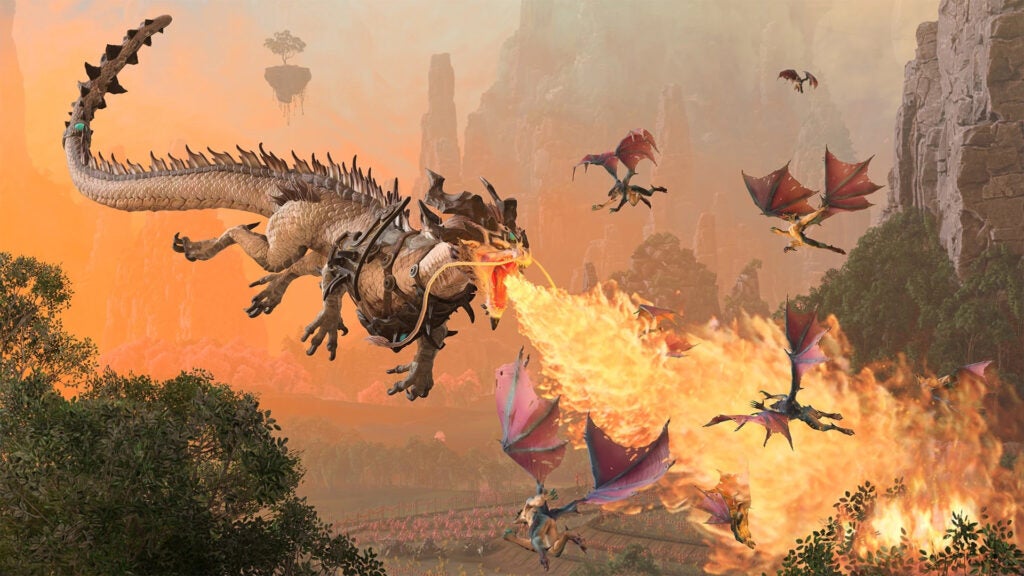
You can also ask defensive allies to help defend one of your settlements now, as well as having the option to take on ally missions, which will help improve your relationship with the faction even further. Such tweaks do a great job of making alliances feel worthwhile, although the focus is still very much on combat.
And while I haven’t used this feature just yet, I’ve noticed my allies have been able to construct outposts in my settlements, allowing the faction to make use of my pool of units, while also bolstering their garrison in return. This is a great incentive to focus on making allies rather than simply conquering every single settlement in sight, although I need to spend more time with the game to judge how effective this new mechanic is.
Latest deals
Should you buy it?
If you’re looking for a Warhammer entry point:
Total War: Warhammer 3 is the best entry point for the trilogy, with the new prologue doing an excellent job of teaching newcomers the basics, while also featuring lots of guides to help you out. And with Warhammer 3 available on PC Game Pass, you don’t have to pay a high upfront fee.
You prefer diplomacy to all-out warfare:
While Creative Assembly has made several improvements to diplomacy, it’s still not as fleshed out as you’ll find with games such as Civilization. As the Total War name suggests, this is very much a game that’s focused on war, with plenty of real-time battles to whet your appetite.
Initial Verdict
I’ve been impressed with Warhammer 3 so far. The new factions look and play very different to previous options, resulting in an even more diverse number of playstyles. The new ‘survival battles’ are also a challenging but exhilarating new option that adds more tension and urgency to the story campaign than that of Warhammer 2.
It’s also great to see Creative Assembly addressing series weak points by making it more friendly to newcomers, while also making improvements to diplomacy to make it a more viable option compared to all-out warfare. I’m going to need more time with Total War: Warhammer 3 before giving it a final verdict, but so far this looks to be a great conclusion to the epic trilogy.
FAQs
No, you can only play the game on PC.
The game will support a Mortal Empires-esque combining of games.




